Yorkshire bridal milliner Alison Turton on making headwear for Leeds Playhouse and for brides who want one-off bespoke creations
If the hat fits, that’s a good start. But if that hat is going to be worn by a swashbuckling actor, leaping his or her way through three or five acts on stage, nightly, then it had better fit very well indeed. That hat has other jobs, too. It might serve to add height and stature, glamour or status, or work as a visual shorthand for a character’s role and purpose. Always, it must chime as part of the character’s whole outfit, and it must help to tell their story.
That’s a lot for a hat to pack in. Fortunately, there is nothing that milliner Alison Turton likes better than a creative conundrum that she can solve by combining artistry with practical ingenuity.
Advertisement
Hide AdAdvertisement
Hide AdHer astonishing work as a theatrical milliner will already be familiar to many theatre-goers, as she has been creating hats and headpieces for productions at the Leeds Playhouse and Opera North for more than two decades. She has just finished working on Macbeth at the Playhouse and before that on the festive production of Wendy & Peter Pan.
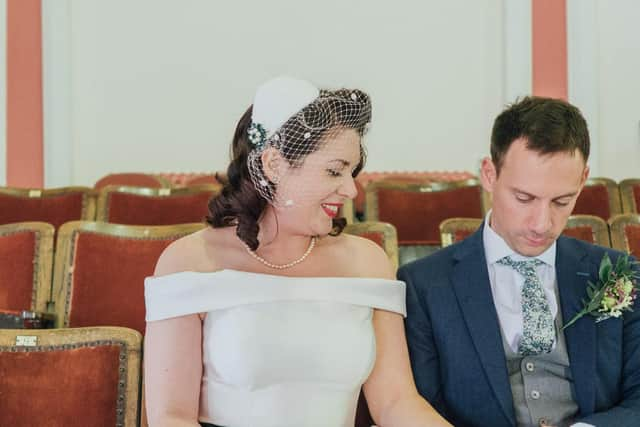

“I had to make a hat for Hook and for the understudy,” she says. “Occasionally, they can share costumes and headpieces, but because of Covid they couldn’t do that.
“There are lots of challenges with theatrical millinery. Number one is, they have to be strong, because they are being worn twice a day if there is a matinee, and occasionally the shows will go on tour, so they have to last for that as well. Sometimes I will make doubles.
“Also, there is a lot of movement, dancing or running about, or physical work, and the hat needs to stay on. The trick is to make it look like it’s not stuck on. It can’t be distracting enough so that you are sitting there thinking, how is that staying on?”
Advertisement
Hide AdAdvertisement
Hide AdThere are various methods for ensuring that a hat does not come unstuck at a key moment.
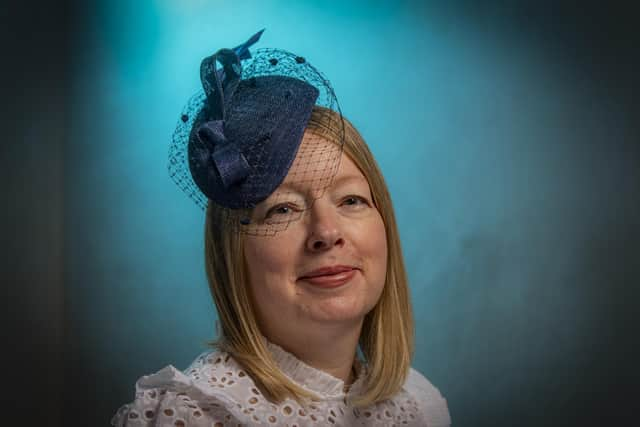

“Often the hat will be pinned in, so it will have loops inside and it will be pinned through into the wig,” says Alison. “It can be a wire cage that sits under the headpiece, or elastics. The most important thing is that the actors are not worrying about the hat. It has to sit on the head and be comfortable and not digging in, but also so they are not thinking ‘my hat is going to fall off halfway through this scene’.”
Alison especially enjoys creating period millinery, adding her own twist. “The 1940s is one of my favourite periods to work on,” she says. “Anything difficult becomes one of my favourite things to work on. I will get a design and I will think, ‘oh my goodness, how am I going to make that?’ Every show is different. I like having to work it out and go from a flat drawing to making it in 3D – and then you see it on stage.”
Alison works from her studio at her home at Moortown in Leeds, where she lives with her husband, Phil, her daughter, eight, and her 15-year-old stepson. Recent commissions have also included making headpieces for Lapland UK’s Christmas event in Ascot, as well as creating many hats and headpieces for her private clients, especially for weddings and special events.
Advertisement
Hide AdAdvertisement
Hide AdOriginally from Cambridge, as a child Alison would watch her mother work wonders with fabrics at home. “She used to make a lot of my clothes and toys,” she says.
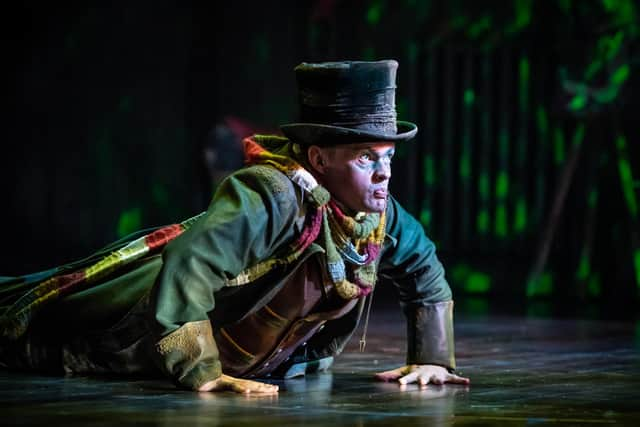

She went to Liverpool, to the Mabel Fletcher college, where she studied costume design, and moved to Yorkshire in 1995 when she joined the Leeds Playhouse, then known as the West Yorkshire Playhouse (it changed its name in 2018), as a wardrobe assistant.
She learned as she went along, she says, having had no formal training in millinery. After two years, she became the Playhouse’s costume prop maker and milliner, creating the headwear for productions including Othello with Lenny Henry in 2009 (she made the suede military berets) and Annie in 2011, plus productions of The Lion, The Witch and The Wardrobe and Alice in Wonderland. She remained a staff member at the Playhouse for 17 years in total, before going freelance in 2012 after having her daughter. Since then, she has continued to work for the Playhouse but also for ITV, Opera North, Birmingham Repertory Theatre, Manchester Royal Exchange, Sheffield Crucible and Leicester Curve Theatre and many museums, and taught millinery and costume special effects.
She created a Snow Queen headdress using pieces of fabric dipped in PVA and water and left until they hardened, then shaping them into petals. “They were very lightweight and on a knitted balaclava so they had to be sturdy and lightweight with no wiring,” she says.
Advertisement
Hide AdAdvertisement
Hide AdWhen she went freelance, Alison also launched her business as a bridal and special occasion milliner. The process usually begins with an email conversation, she says, with the bride or wedding guest perhaps sending her boards from Pinterest or images from magazines.
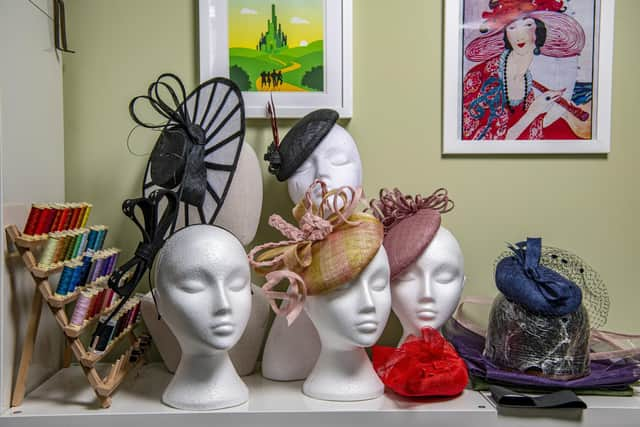

“I don’t ever copy anything but I will adapt,” she says. “It’s all part of the whole look so I need to know what kind of dress they are wearing, what their hair will be like, jewellery, then I will do some preliminary sketches and then we refine it down to the final design. I might get some samples, say, of sinamay, and they would look at the colour to see if that ties in with their dress.
“I would then block the hat or get the headpiece to the stage where they could come for a fitting. From start to finish, it takes three weeks. I do tend to have a lot of customers who are a bit last minute, so I can speed up the process and I am used to working to very close deadlines.
“A lot of my customers want something that is unique to them. One customer wanted a piece of heirloom fabric incorporated into the headpiece, another had a crown that was worn by her grandmother and she wanted it to be adapted into hairpins for her own wedding – that was very sentimental to her, and she had a piece of her grandmother with her on the day.
Advertisement
Hide AdAdvertisement
Hide Ad“They are not traditional brides,” she adds. “Their wedding dresses or outfits tend to be original. They are vintage-inspired or they want something a bit quirky.”
Thanks to her background in theatrical millinery, Alison can make pretty much any sort of hat or headpiece.
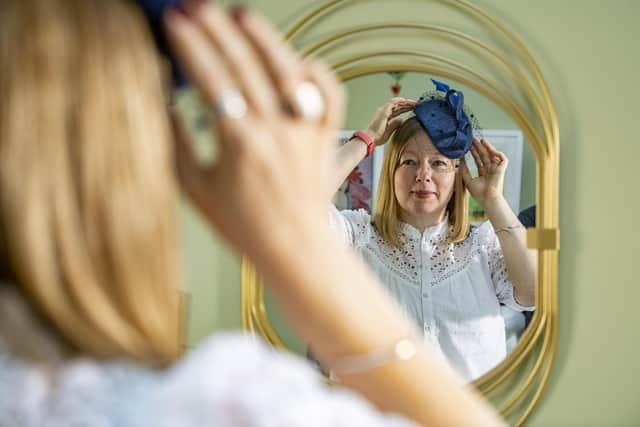

For her, a fabulous hat is “something that is really well-made and shows real craftsmanship. That isn’t of the norm, that takes your breath away and is a showstopper, although I am not a fan of massive over-the-top hats. I like a really sharp, sophisticated and well-made hat.”
* Find out more about Alison’s work at www.alisonmarymillinery.co.uk
Comment Guidelines
National World encourages reader discussion on our stories. User feedback, insights and back-and-forth exchanges add a rich layer of context to reporting. Please review our Community Guidelines before commenting.
